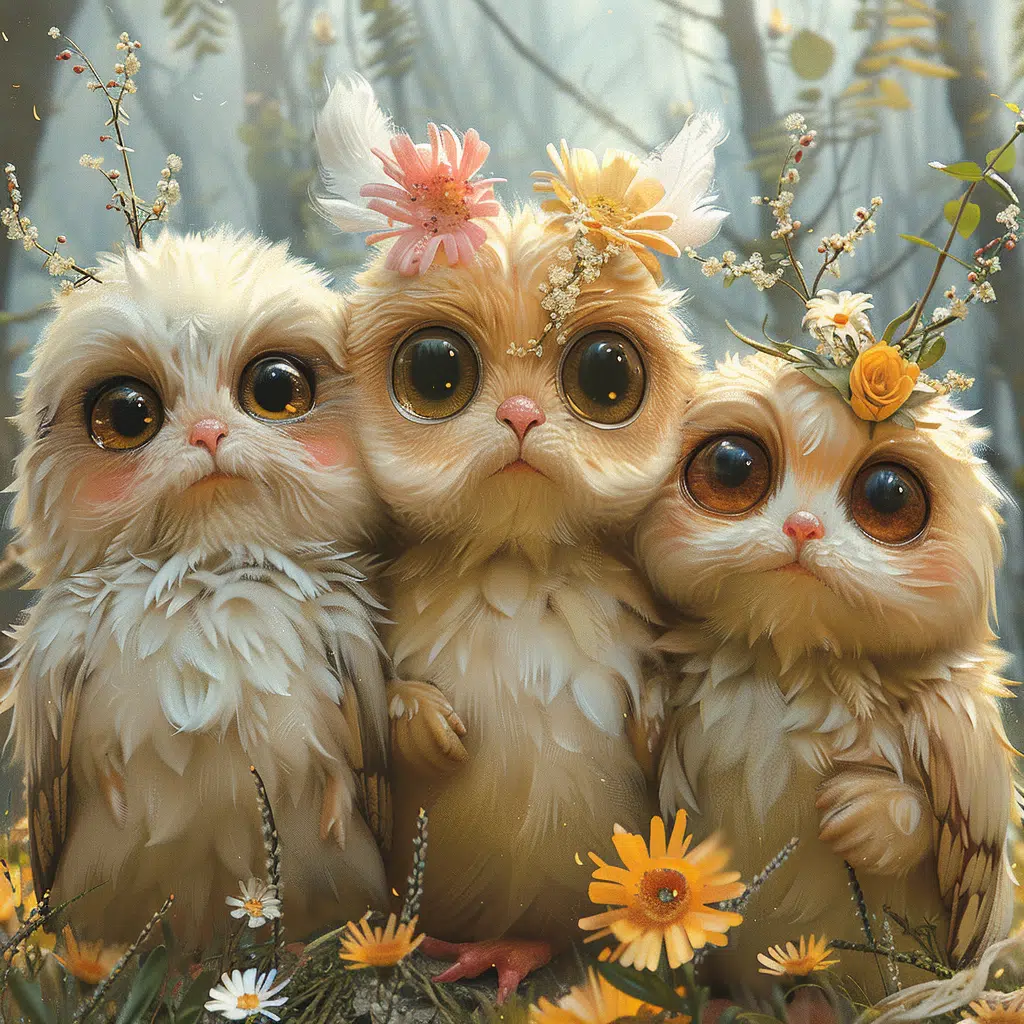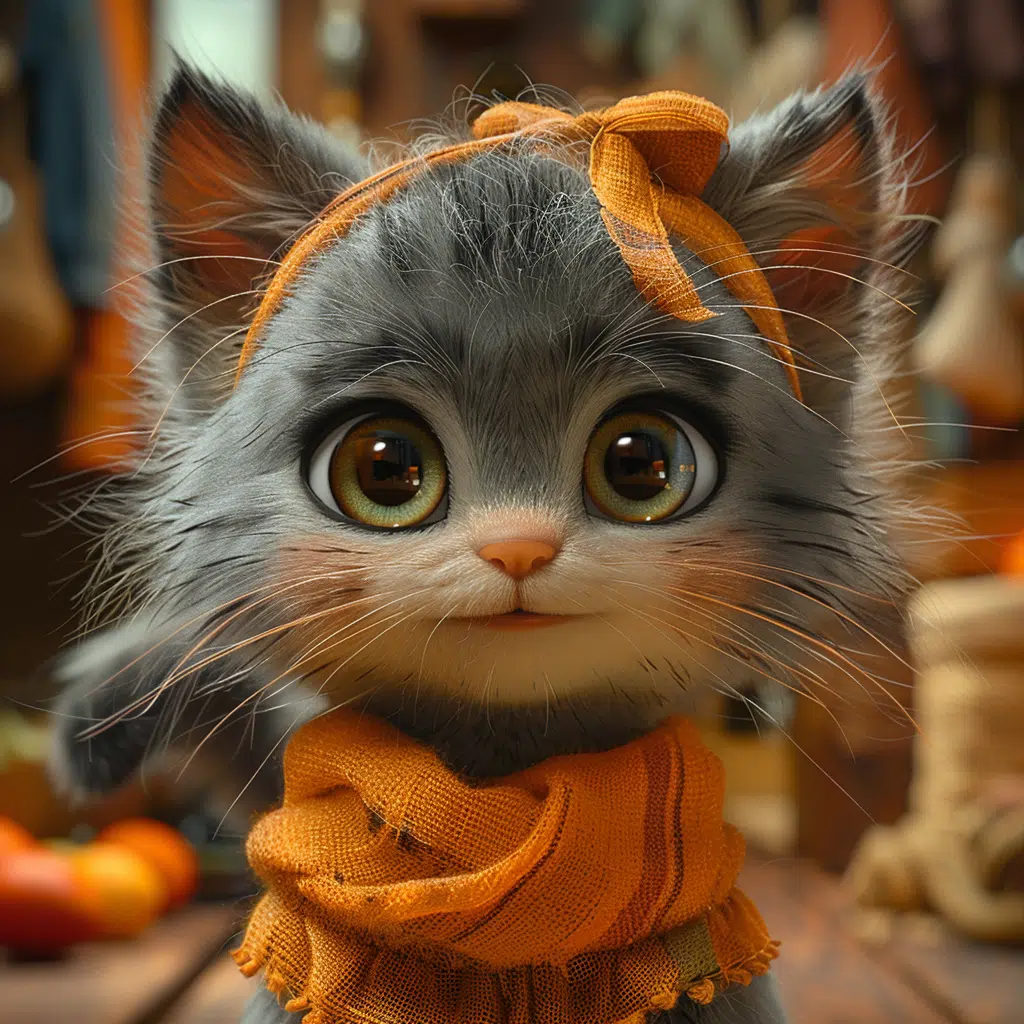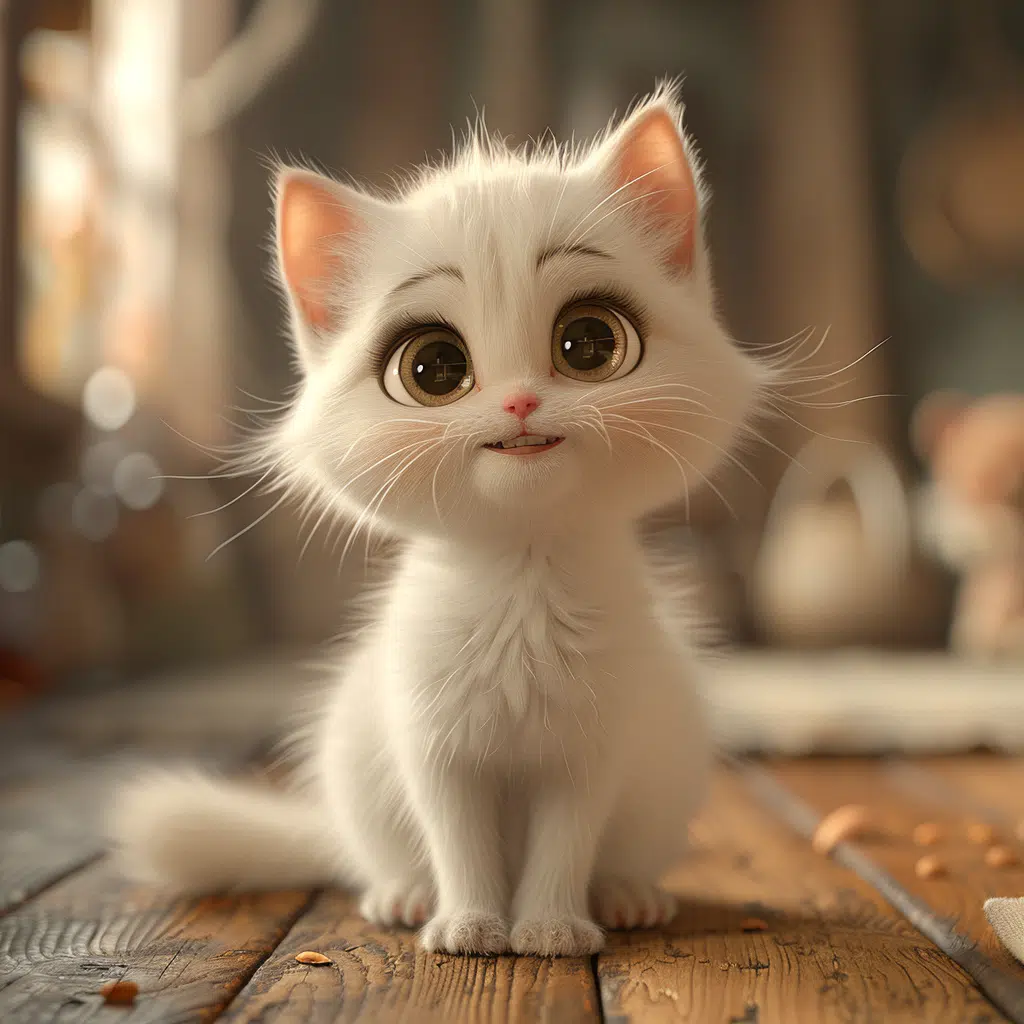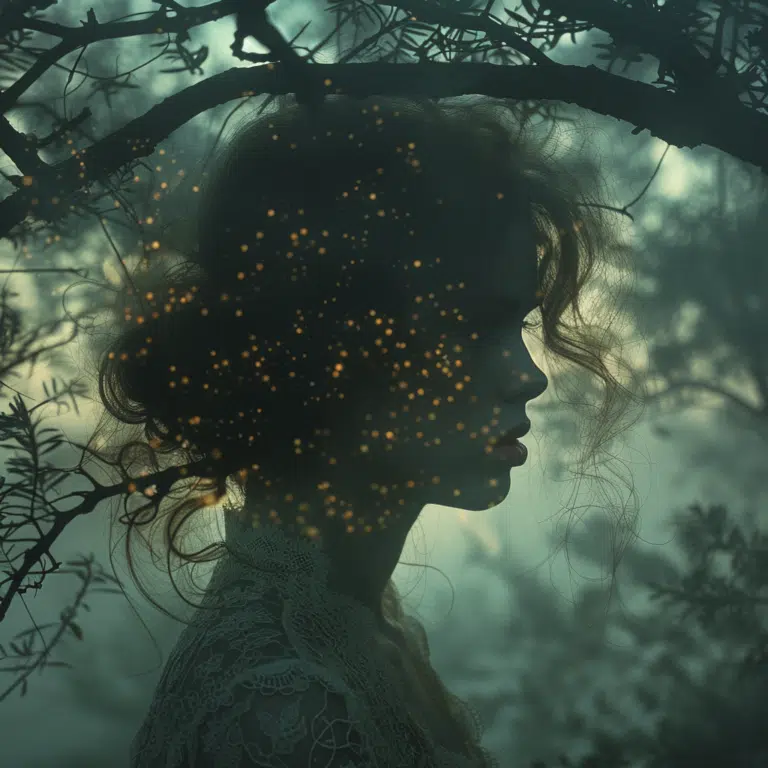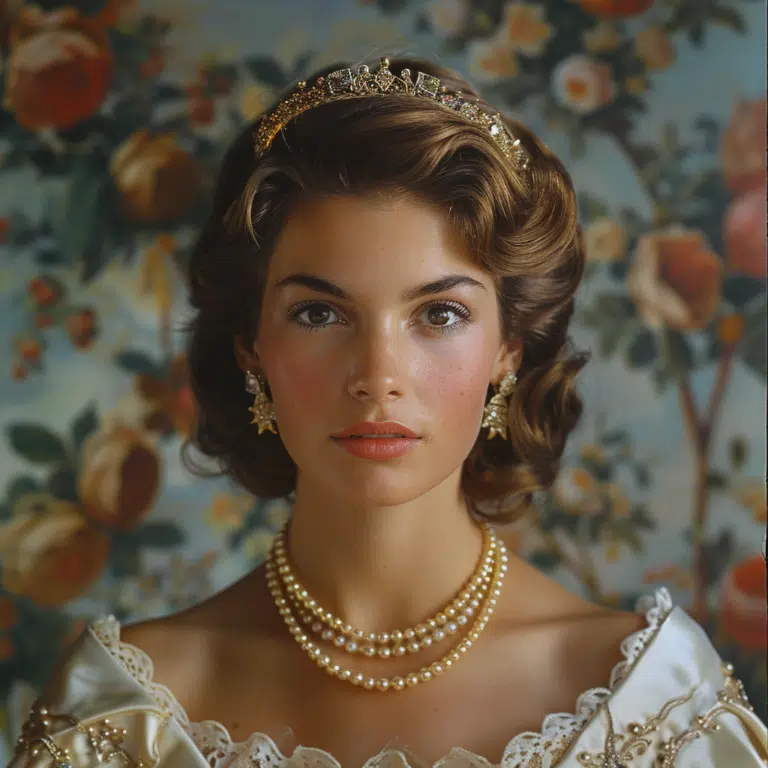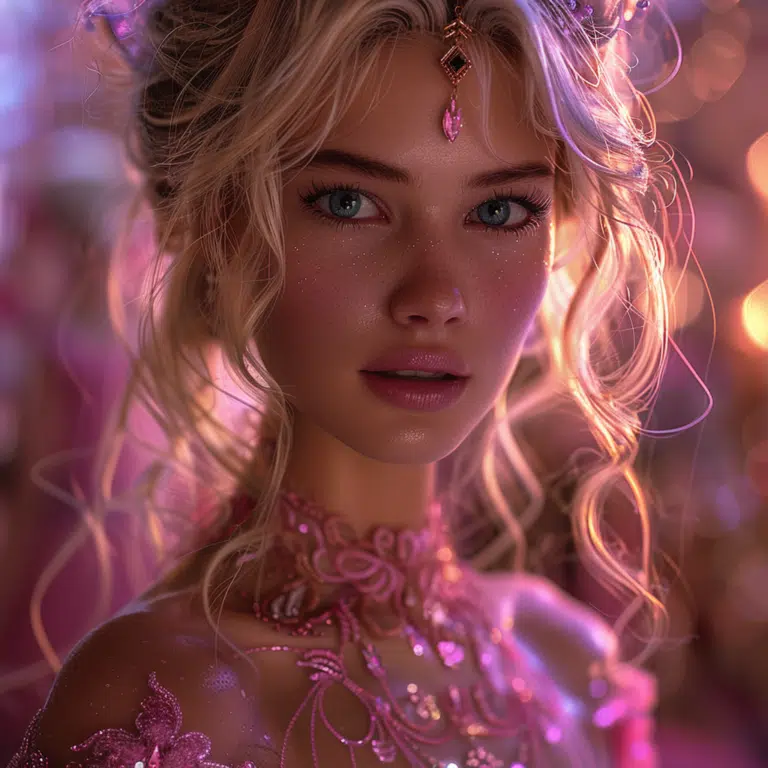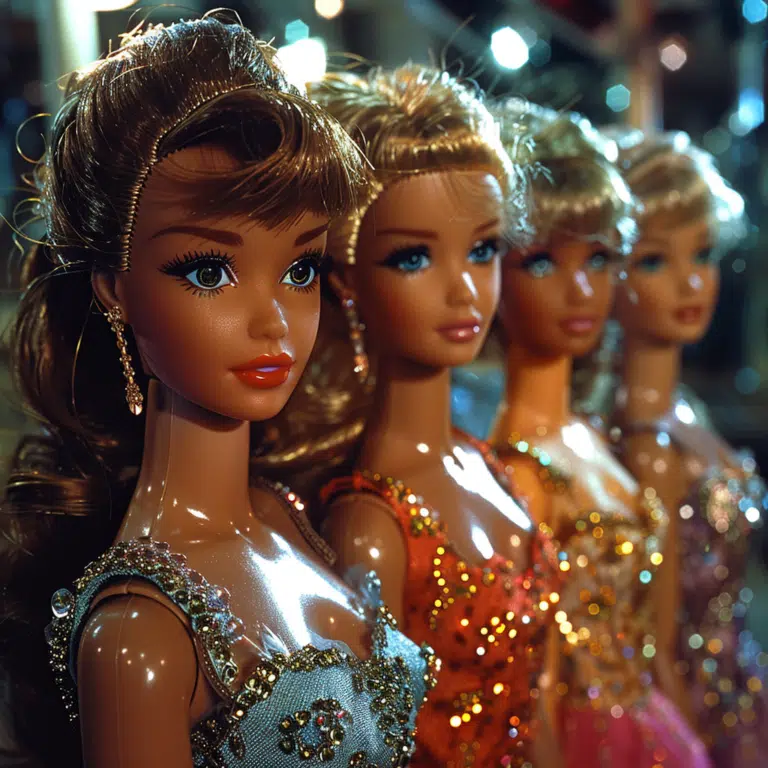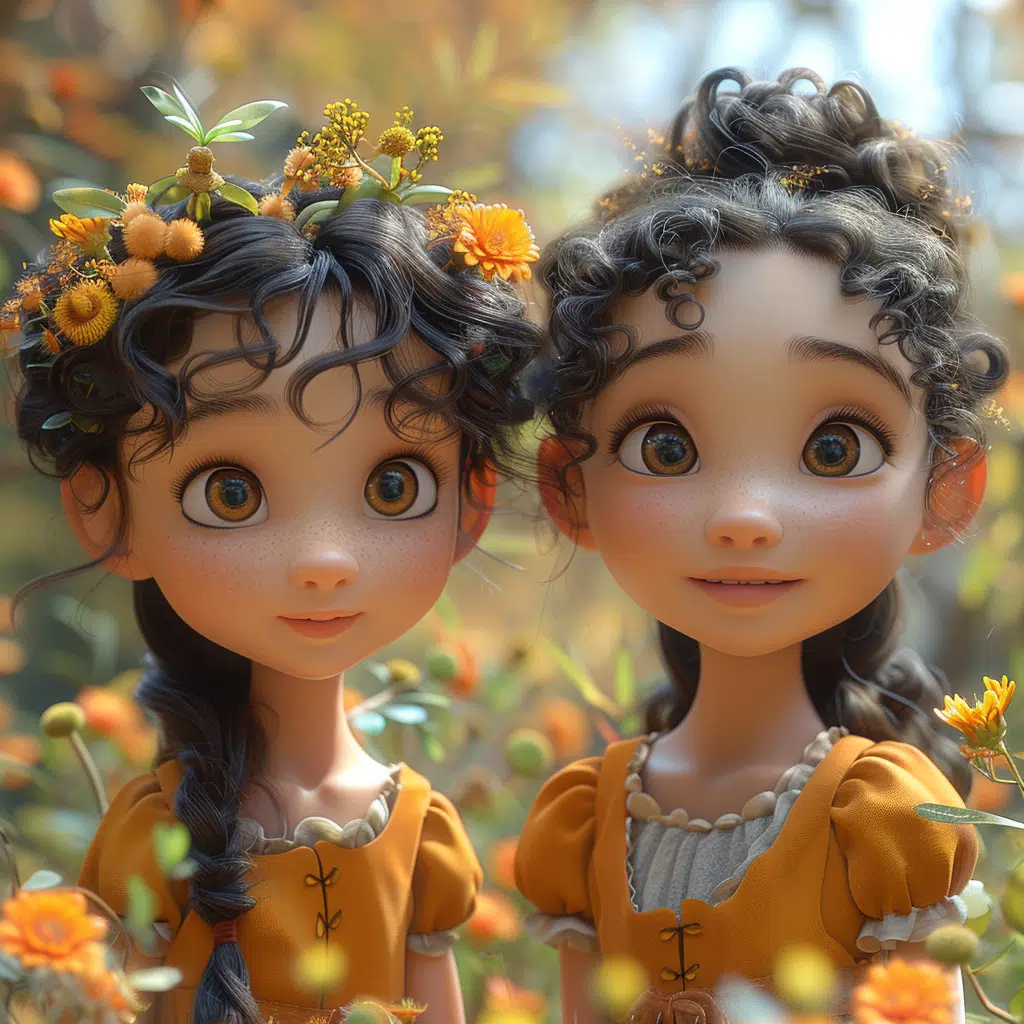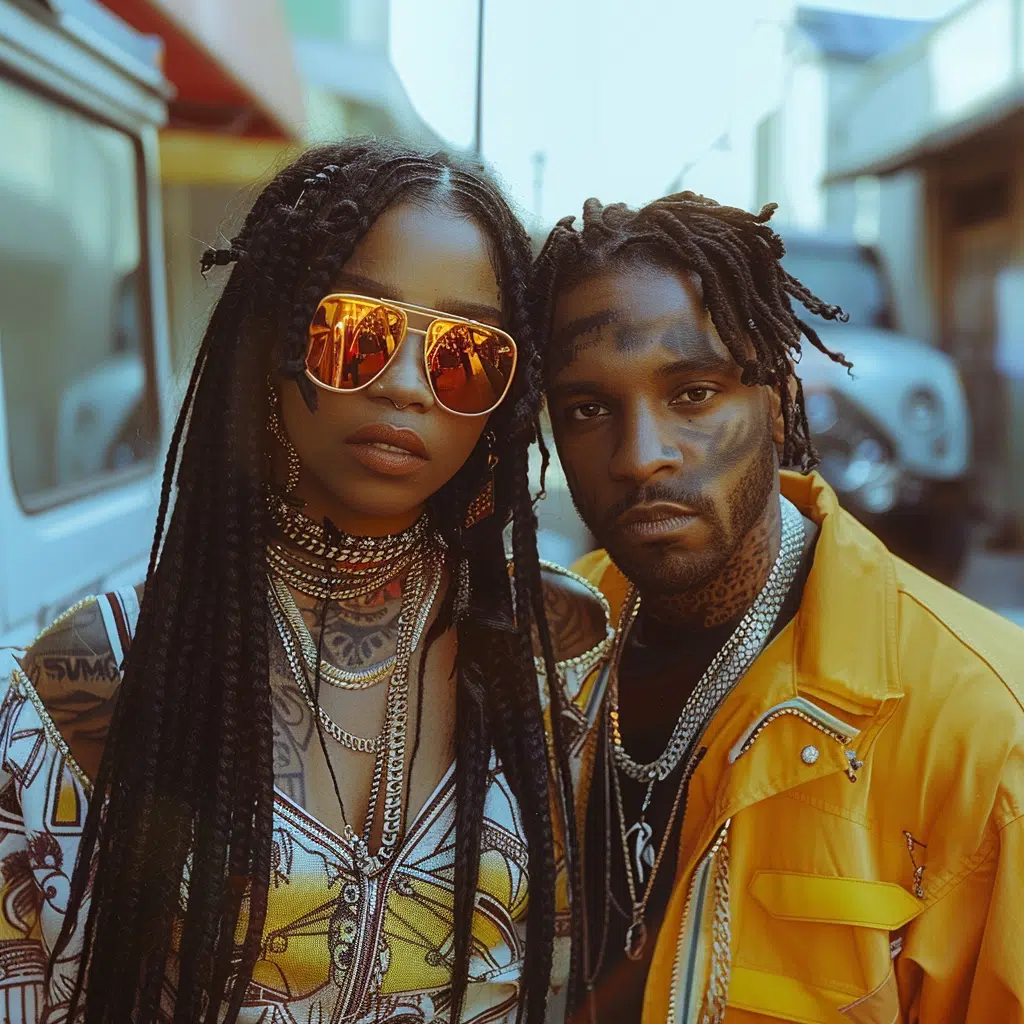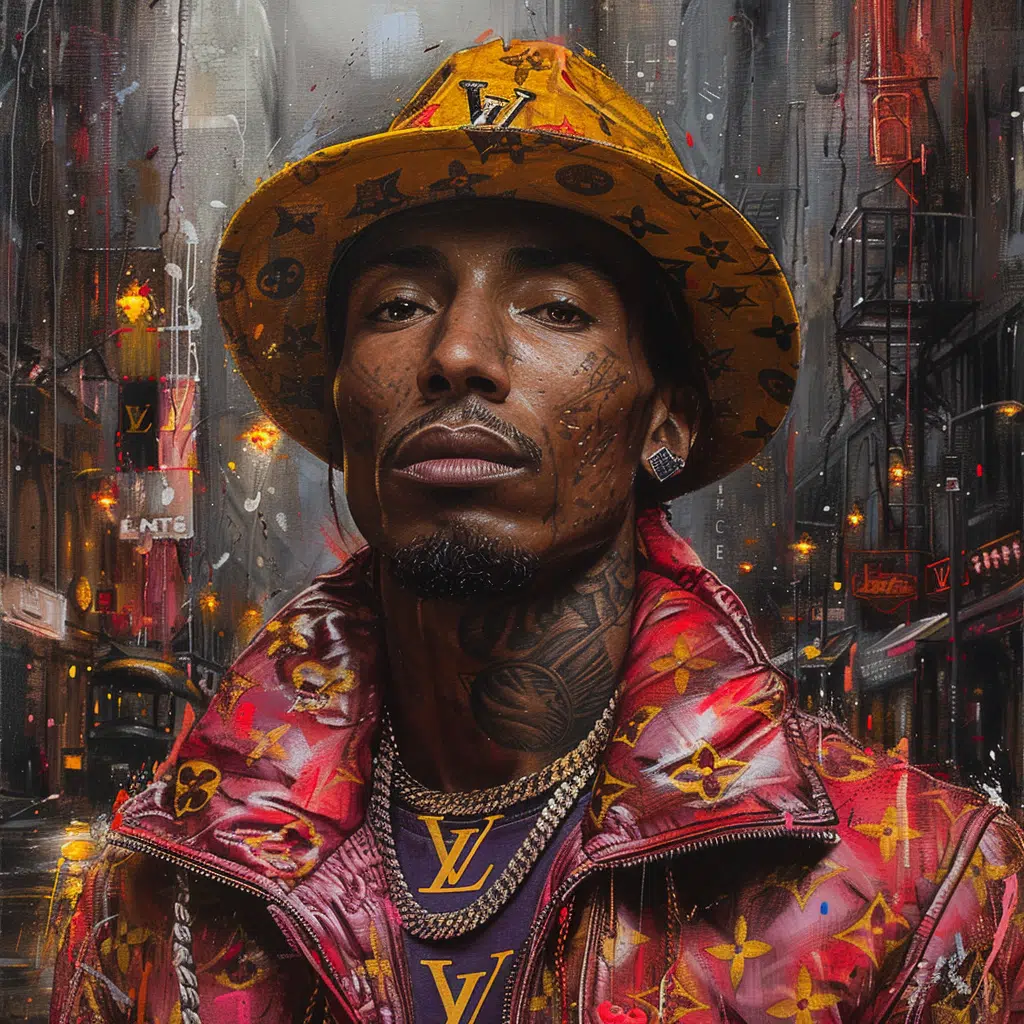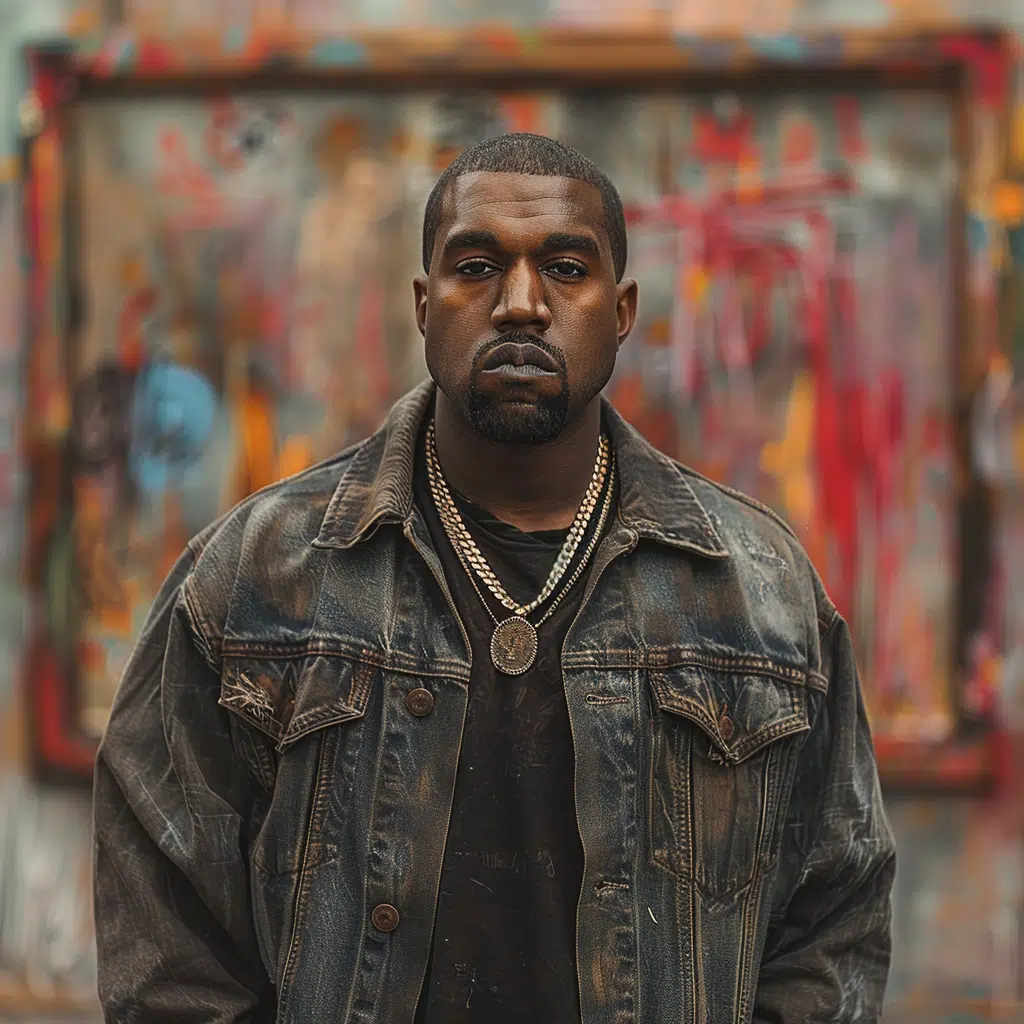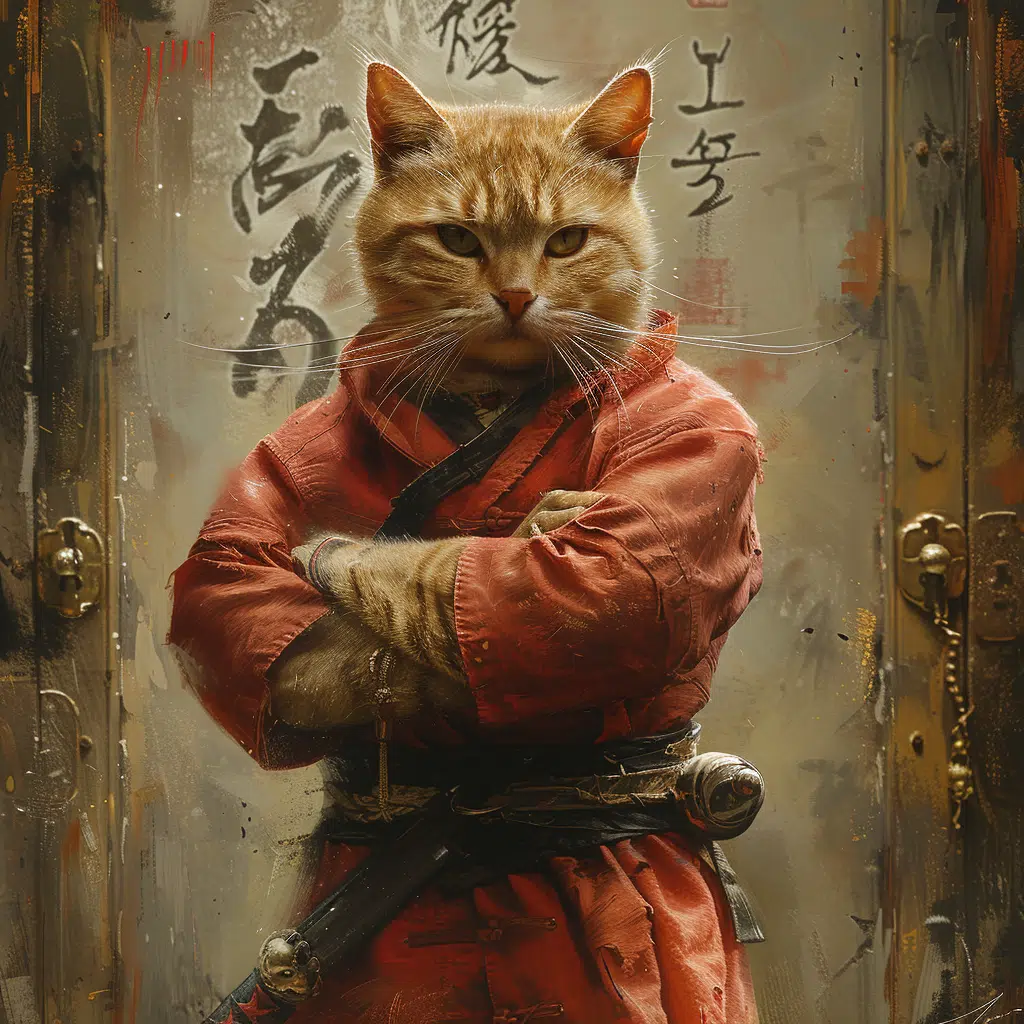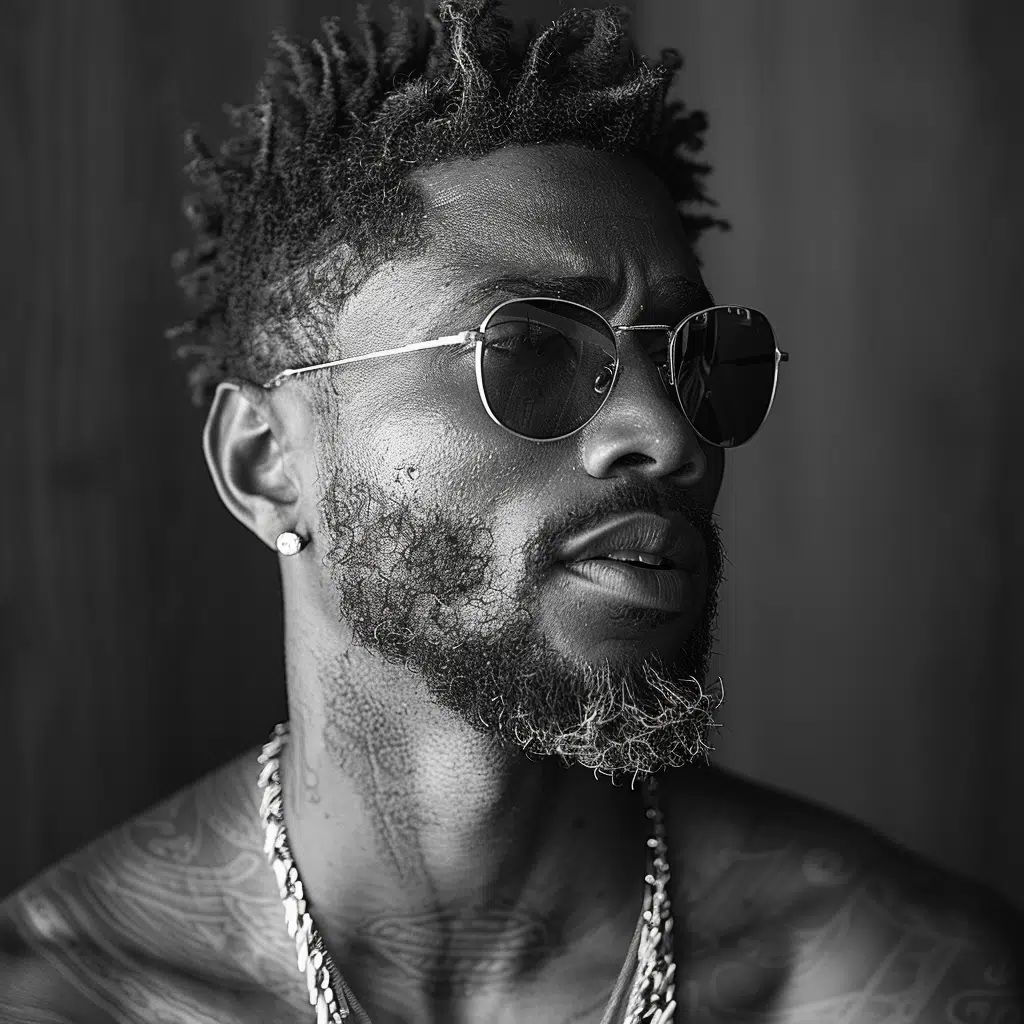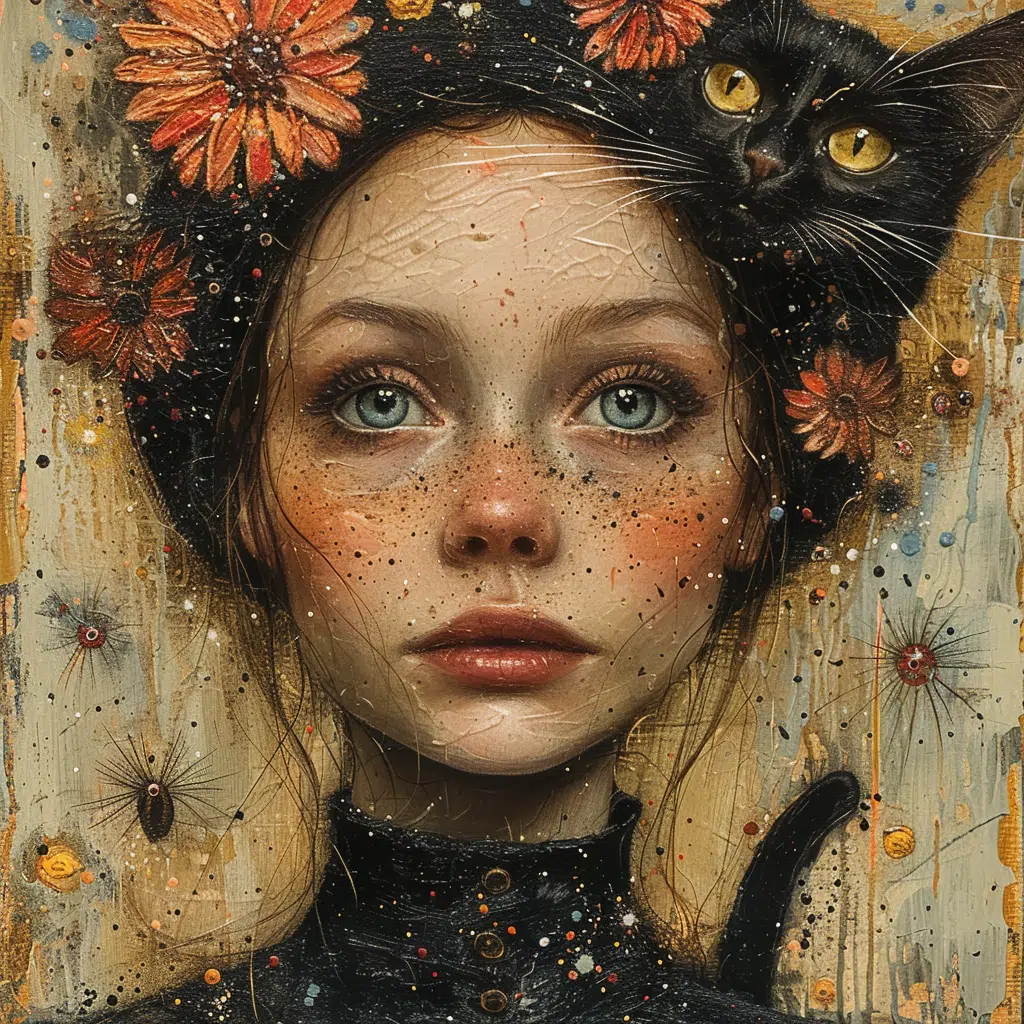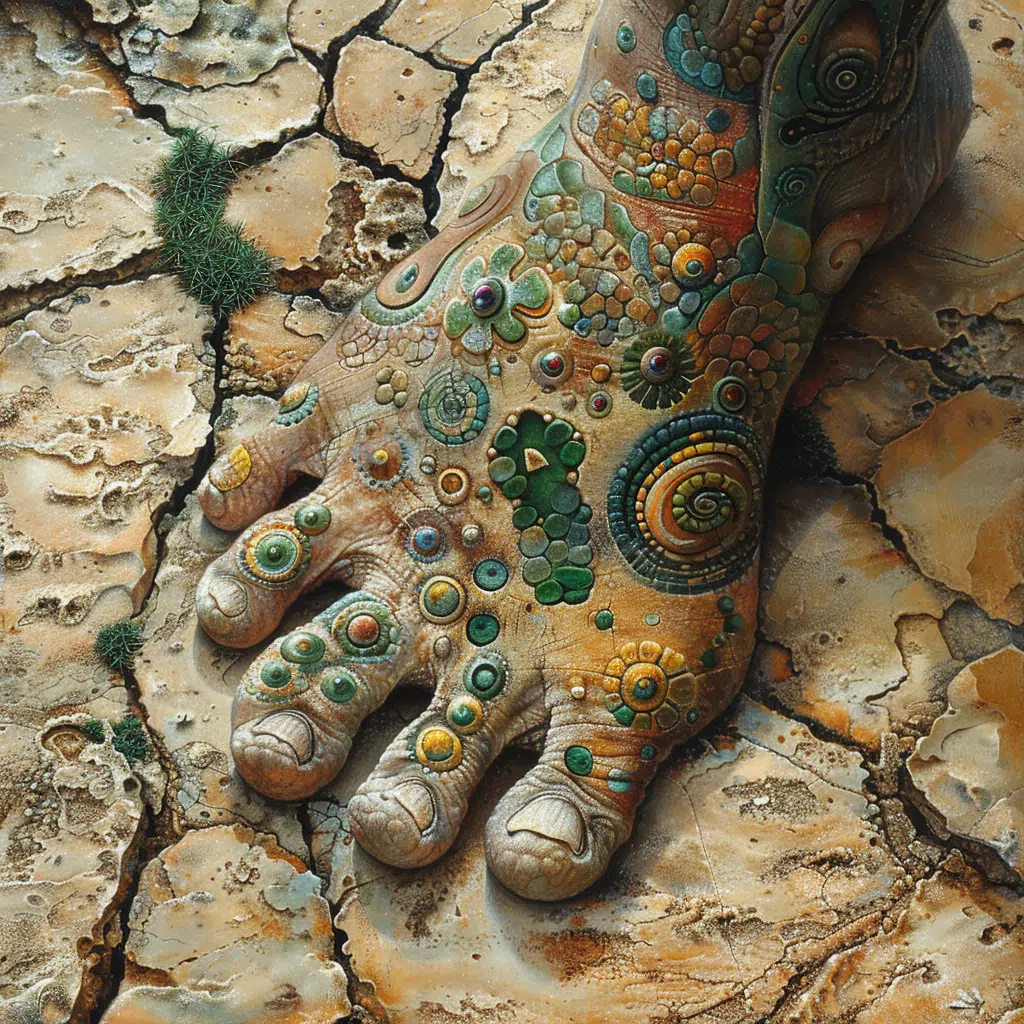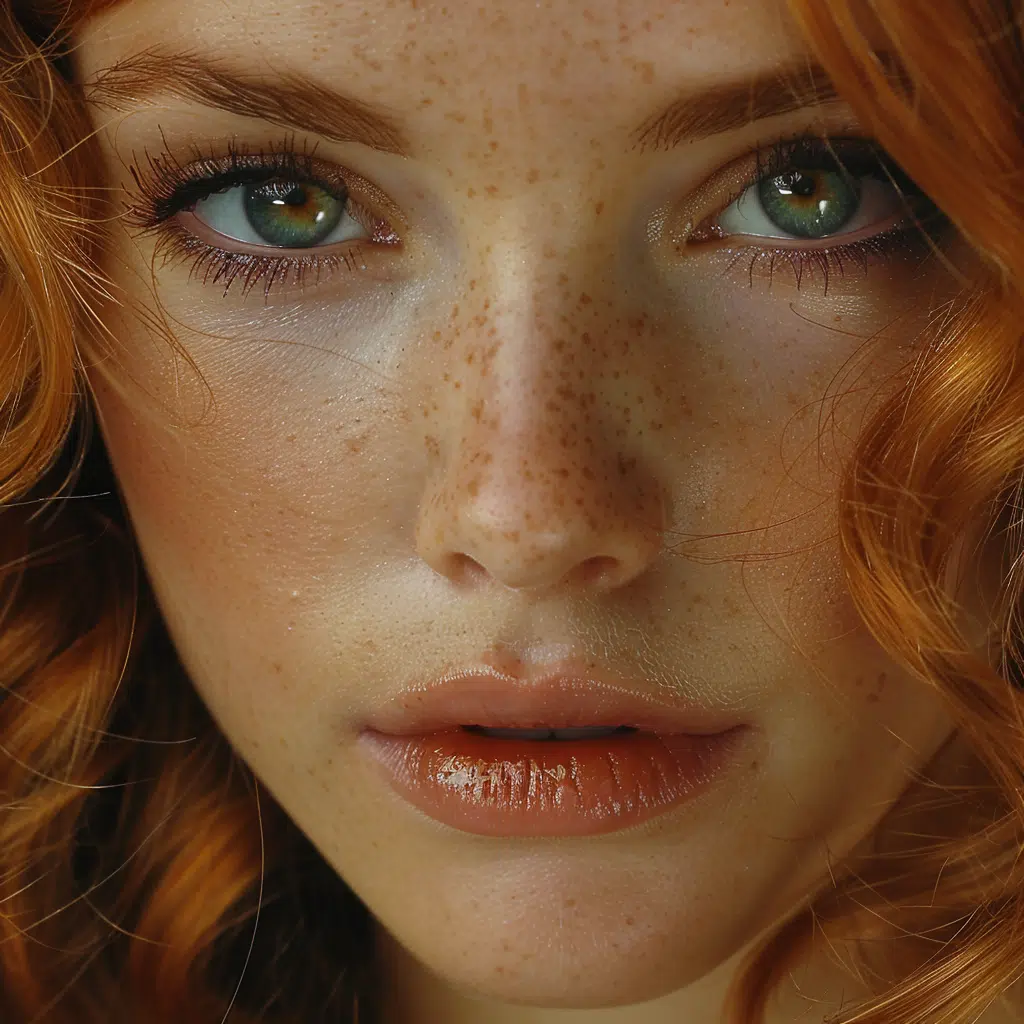The Genesis of the Cuties Movie Storm: Probing the Inception and Initial Backlash
Ah, Cuties. A name that ricocheted through the vault of modern media discourse, leaving a maelstrom of controversy in its wake. When the Cuties movie flickered onto screens via its daring director Maïmouna Doucouré, it’s safe to say it did not pirouette gently into the public eye. Envision the scene: promotional materials scattered across the digital landscape, stirring a tempest over alleged sexualization of its youthful cast. Cuties became the axis upon which an international conversation on children’s portrayal in the media gyrated.
With its intentions rooted in a narrative that explored the tensions between traditional values and the seductive call of internet culture, Cuties could have sashayed as a poignant pas de deux—a dialogue between two cultures. It hasn’t been an easy journey from its conception as Mignonnes, a seemingly incisive French film spotlighting the cliffs the youth must navigate today. However, it wasn’t the interpretive dance of youthful identity Doucouré envisioned that captured the public’s eye, but rather the ill-conceived marketing that fanned the flames of backlash—setting the stage for controversy’s dance.
Navigating the Cuties Criticism: Public and Political Reaction
Much like a dress that splits the opinion at the Met Gala, reactions to the Cuties movie spanned the gamut from repulsion to defense. The #CancelNetflix crescendo became a symphony of critique. Politicians put on their most theatrical masks to join this chorus. It was a tidal wave of tweets, think pieces, and thunderous condemnations, framing Netflix as the fashion faux pas of the year—perhaps the decade.
Yet, the critical reception donned a divergent attire. Esteemed reviewers, festooned in their analytical regalia, peered beyond the veil of vexation, offering a counter-narrative. They spun a tale not of exploitation, but of exposure – laying bare the issues that the film aimed to depict. This discordance of thought split social media platforms down their binary seams: to champion artistic intent or to castigate per questionably presented content.
| Category | Details |
| Original Title | Mignonnes |
| English Title | Cuties |
| Release Date | |
| Director | Maïmouna Doucouré |
| Country of Origin | France |
| Language | French |
| Genre | Drama |
| Plot Synopsis | An 11-year-old girl, originally hailing from a traditional Senegalese Muslim family, is caught between traditional values and Internet culture when she joins a dance crew. |
| Cast | |
| Runtime | 96 minutes |
| Rating | |
| IMDb Score | 3.2/10 (as of the knowledge cutoff date) |
| Rotten Tomatoes | 86% critics score; 16% audience score (as of the knowledge cutoff date) |
| Production Budget | Not publicly disclosed |
| Box Office | Not applicable (Netflix release) |
| Film Controversy | Faced significant controversy over its portrayal of young girls and the sexualization in the choreography and marketing materials, leading to a public uproar and a #CancelNetflix campaign. |
| Awards | Won the Directing Jury Award at the Sundance Film Festival in 2020 |
| Cinematography | Yann Maritaud |
| Music | Nicolas Nocchi |
Streaming Giant in the Spotlight: Netflix’s Role and Response
Netflix, that digital couturier, was caught in the crossfire, draped in a controversy of its own making. Their blunder? A marketing misstep that saw the Cuties movie bedecked in imagery unbecoming of its narrative’s age. The apology splashed across media, a well-tailored statement of regret. Yet, the platform stood by the film as a piece of art, vowing to usher in a future where the complexity of content and context would be better reviewed.
A misstep akin to pairing sneakers with couture, and let’s say, “Netflix, darling, those are choices for hard eight Bbq, not a black-tie gala. Yet, in this modern tangle of art and responsibility, Netflix found itself a pupil in the ubiquitous school of consequence.
Cuties Cast into Turmoil: Impact on Cast and Crew
As with a hem unraveling from a designer gown, the impact on the young stars of Cuties was distressing and immediate. The threads of their innocence threatened by the sharp scissors of cyberbullying, the cast faced not just the camera’s critical lens, but the perilous paparazzi that is social media vitriol.
Doucouré, the seamstress of this story, spoke vehemently of her intent, her personal narrative intertwined with that of her work. The cast, particularly the sprightly Fathia Youssouf who portrayed Amy, faced trials akin to Emory Tates chess battles—requiring poise and strategy well beyond their tender years.
Crossing Legal Lines: Legal Actions and Governmental Inquiries
Indeed, the law had a character in this drama, a stern-faced deus ex machina descending upon the scene. Legal actions were brandished like pitchforks aimed at Netflix, while congressional probes scrutinized the film as though peering through a magnifying glass. The Cuties movie spun into the maw of a cultural clash, with artistic freedom and censorship playing a tug of war for the ages.
International governmental bodies peered down their noses, deliberating over policies and protections, and whether this film tripped into a territory necessitating restraint. These inquiries, while wrapped in the guise of protection, posed questions as old as narrative itself: where does one draw the line?
Cultural Clash and the Creative Agenda: The Complexities of Representation and Intent
Ah, but to taste the fruit of Doucouré’s labors was to understand the struggle of appropriation. The chasm between intent and interpretation yawned wide as a gulf. The Cuties movie strove to stitch together a tale of a French-Senegalese girl’s embroidery of self—a tapestry woven of threads both bold and delicate, of modesty, feminism, and autonomy.
In the crucible of culture, films like Jodhi May delve into similar torrents with grace, beckoning us to consider not just what we see, but what is meant to be shown. Cuties became more than a film—it sparked a discourse necessary, albeit uncomfortable, about visibility and voice.
The Aftermath of the Storm: Long-Term Effects on the Entertainment Industry
The rain has passed, but the ground remains soaked with implications. The Cuties movie doused the industry in a conversation about what’s palatable in art and narrative. What of the children, our most precious audience? Parental guidance, content ratings—mere umbrellas in a downpour. And still, streaming giants like Netflix, those dealers of the digital age, must grapple with the conundrum of international cinema against the backdrop of a world where boundaries are increasingly blurred.
Beyond the Outrage: Lessons Learned and Paths Forward
As we affix the final bead to this ornate gown of contemplation, what then of the Cuties movie legend? The industry, like the astute observer, knows that from chaos comes construction. But darlings, have we learned? Have we adapted the cut of our jib to suit the shifting winds?
We move forward, scarred but smarter. The siren song of creative freedom remains, but so too does the sobering basso continuo of moral responsibility. The balance is delicate, a ballet on the wire of societal standards. Cuties may have tripped, but in its stumble, we find our feet—inspired, perhaps, to dance a little wiser tomorrow.
© Paradox Magazine, 2024. All rights reserved.
The Cuties Movie Controversy Unraveled
The Cuties movie, a French film directed by Maïmouna Doucouré, erupted into a whirlwind of controversy that swept across the internet faster than the latest trend in the best dating App. This coming-of-age tale quickly became mired in public outcry and debate revolving around its portrayal of young girls and society’s premature sexualization of their youth. However, much like searching for the meal delivery services that best suit your palate, understanding the turmoil surrounding this film requires a taste for nuanced discourse.
Spiraling Into the Controversy
Hold on to your hats, because diving into the Cuties controversy can feel akin to taking on the 75 hard challenge. At the movie’s core is the story of an 11-year-old girl from a traditional Senegalese family living in Paris. As she becomes captivated by a dance crew of rebellious youngsters, her conservative upbringing clashes with her desire for acceptance and identity. Critics slammed the movie for its provocative dance scenes, which they believed were not too far off from the oversexualized depiction one might associate with anime Boobs, pointing to a harmful trend of exploiting a young girl’s image.
A Snapshot of Misunderstanding?
In the heat of the Cuties debacle, some folks might have missed the point as badly as using food help For Pennis growth guidelines to whip up a smoothie. The director’s intent was to initiate a conversation about the pressures young girls face in a hyper-digitalized world, critiquing the very issue the film was accused of perpetuating. Expressing her perspective became as misunderstood as an out-of-context snapshot from My Photos collection—intended to convey a story, yet interpreted through a lens tainted by personal bias and societal fears. Despite the heated debates, Cuties was meant to be a mirror, reflecting an issue deeply embedded in our contemporary culture, begging for introspection and action.
By connecting the dots between intention and perception, perhaps we can navigate this winding road with a little more empathy and a dash less judgment. Through the cinematic lens of Cuties, viewers are asked to confront uncomfortable realities, much like looking directly at the sun during an eclipse—it’s a challenge, but one that might just offer a glimpse into the underbelly of society’s expectations and the forces that shape the youth of today.

